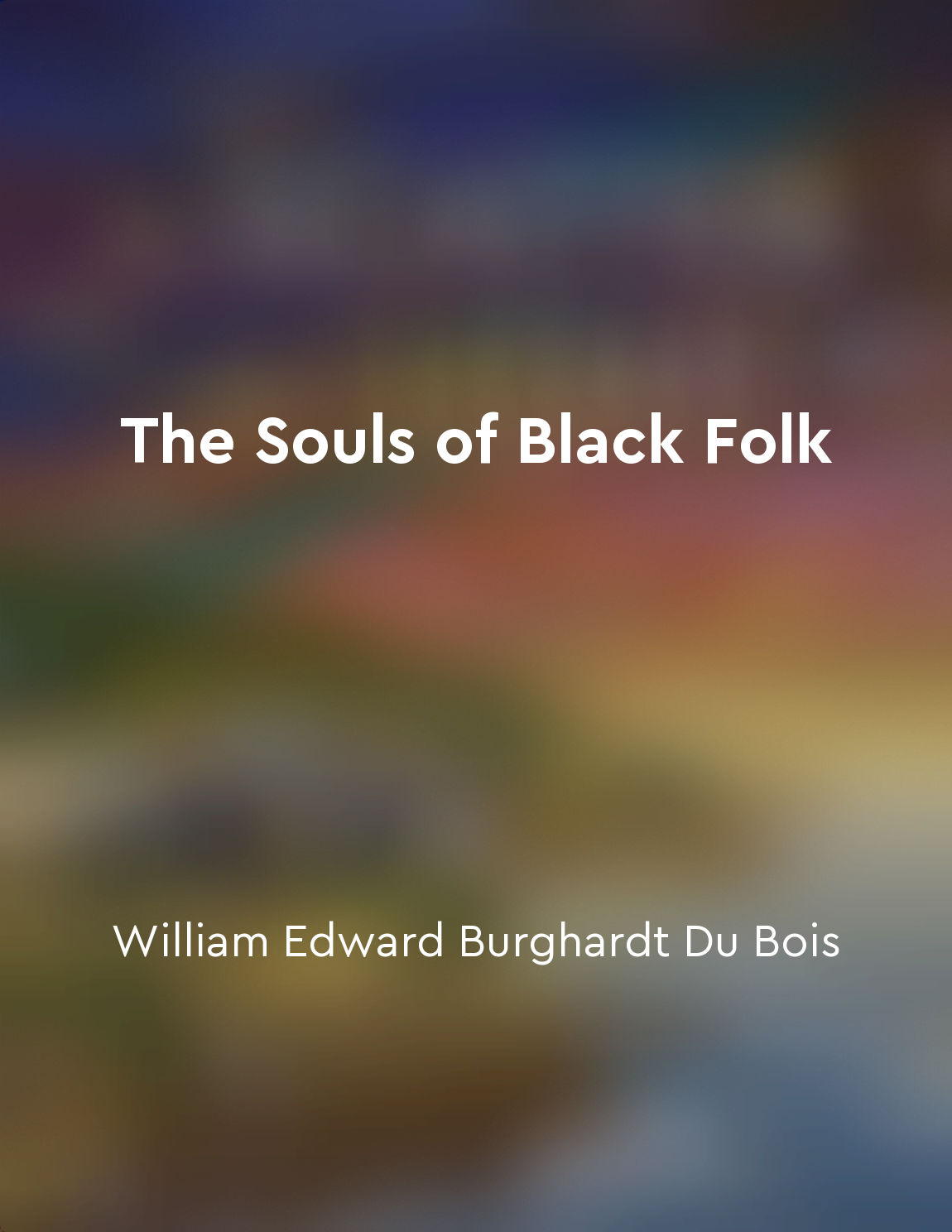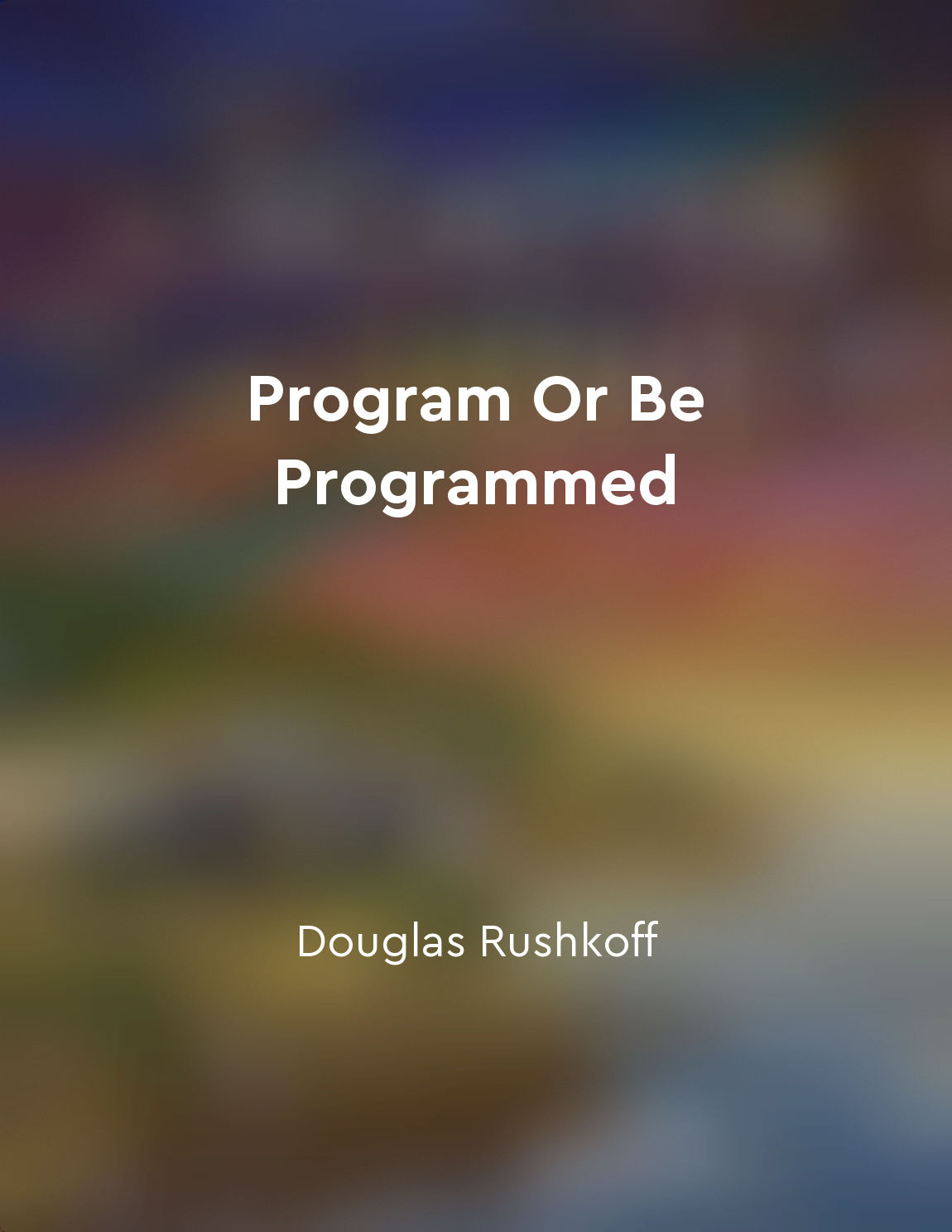Civic participation is essential for a vibrant democracy from "summary" of Teaching Civic Participation with Digital Media in Art Education by Michelle Bae-Dimitriadis,Olga Ivashkevich
Civic participation is the lifeblood of a vibrant democracy. It is the active engagement of citizens in the processes that shape their communities and society as a whole. Through civic participation, individuals have the opportunity to voice their opinions, advocate for their beliefs, and contribute to the collective decision-making that governs society. In our increasingly digital world, civic participation has taken on new forms and opportunities. Digital media has transformed the way we communicate, organize, and mobilize for social and political change. From social media platforms to online petitions to digital art activism, technology has opened up new avenues for citizens to engage with issues that matter to them. Art education plays a crucial role in fostering civic participation among students. By integrating digital media tools and platforms into art curriculum, educators can empower students to create meaningful and impactful projects that address social and political issues. Through digital art activism, students can use their creativity to raise awareness, spark dialogue, and inspire action on a range of important topics.- Students not only develop important technical skills but also cultivate a sense of agency and responsibility as active citizens. They learn how to harness the power of technology to amplify their voices, connect with others, and effect positive change in their communities. Ultimately, by encouraging civic participation among students, educators are nurturing the next generation of informed, engaged, and empowered citizens who will shape the future of our democracy.
Similar Posts

Spirituals as a form of resistance
Throughout the text, Du Bois explores the significance of Spirituals in the lives of African Americans during times of oppressi...
Harnessing the power of collaboration
The idea of working together, of recognizing the power that arises when individuals and organizations join forces, lies at the ...
Art in architecture and design
Art in architecture and design is a concept that involves the integration of artistic elements into the built environment. It g...
The history of art reflects the history of culture
The relationship between art and culture is a symbiotic one. Art, as an expression of human creativity and imagination, is deep...
Cultural diversity enriches human experience
The vast array of cultures that have flourished across the globe represents a kaleidoscope of human creativity and ingenuity. E...
They can be interactive and experiential
Interactive and experiential artists' books offer a unique and engaging experience for the reader. These books go beyond tradit...
Tocqueville considers the impact of race relations on democracy
Tocqueville delves into the complex dynamics of race relations and their influence on democracy in America. He observes that th...

Technology is not neutral and carries its creators' biases
When we interact with technology, we often do so assuming it is an impartial tool, a neutral medium through which we can achiev...
Historical context of education
The historical context of education is crucial in understanding the development of educational systems and practices over time....
Beauty in suffering
The beauty in suffering is not a thing we learn, but a thing we unlearn. It is the practice of seeing through the pain to find ...

